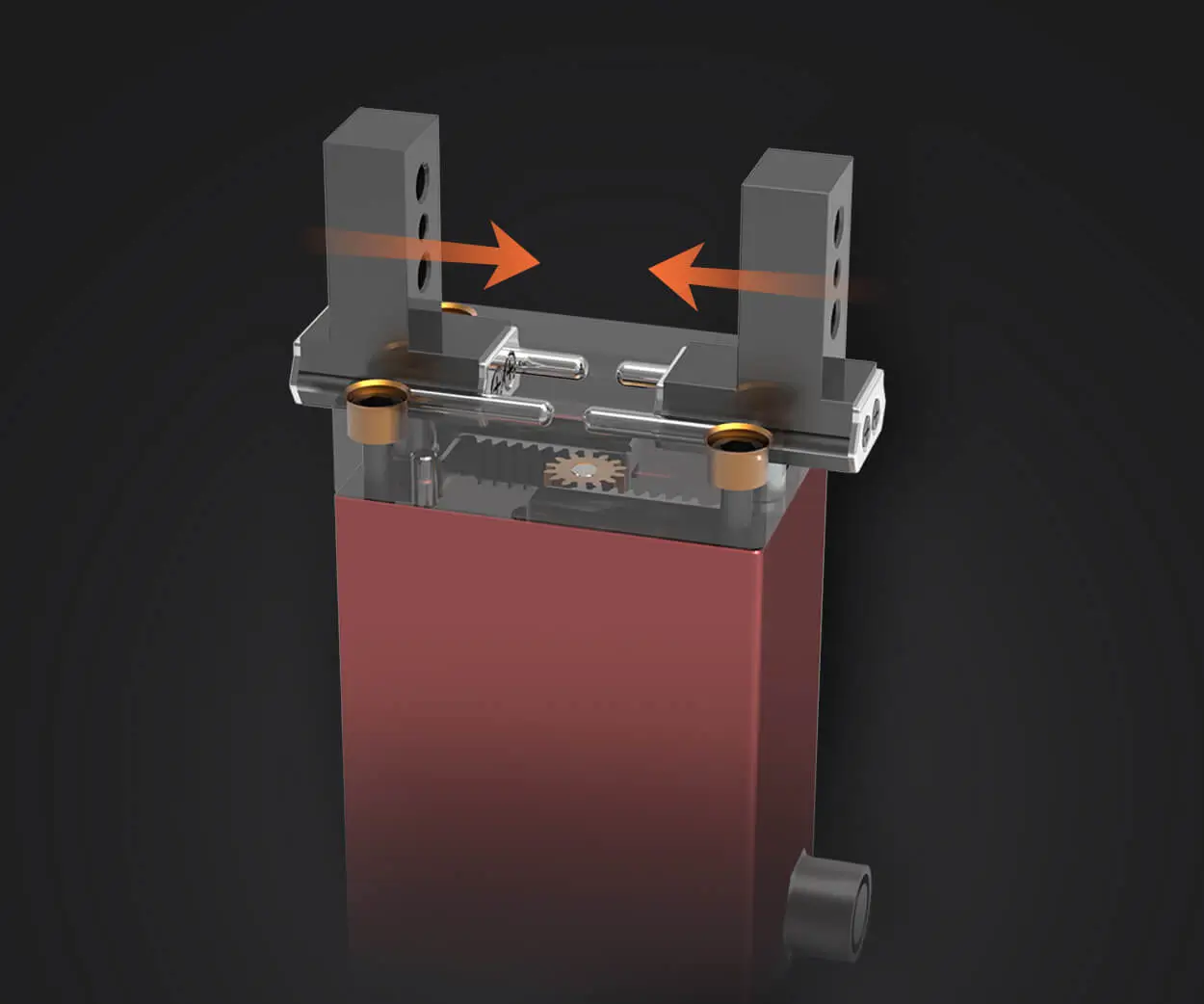The hype around microservices architecture isn’t just talk — it's a real game-changer for how products handle data. Imagine trying to run a city with one giant factory vs. a network of small, specialized workshops. That’s what dividing databases into microservices does. You don’t want one big monolith choking everything, especially when your app scales and needs to stay responsive.

Picture this: each microservice manages its own database, tailored exactly to its needs. Maybe the user profile service uses a relational database for consistency, while the product catalog leans on a NoSQL setup for rapid access. The design philosophy centers on decentralization—each little part is autonomous, which means updates, fixes, or scale adjustments are less likely to break the whole system. It’s like giving each part of your operation its own toolbox, instead of trying to fix everything with a hammer.
But questions pop up. How do you keep everything in sync? And what about data integrity? These are fascinating challenges. For example, if one microservice updates a user’s order status, how does that reflect across other parts of the system? That’s where event-driven architecture shines—pub/sub patterns, message queues—they keep everything humming along smoothly without bottlenecks. It’s a dance, really, a well-choreographed dance of data flowing seamlessly.
Let’s talk about scale. Ever tried to stretch spaghetti too thin? Not fun. But with microservices, you can scale each database independently. If your traffic to the product review system spikes, no need to beef up the entire database cluster. Instead, focus where it’s needed. It’s more cost-effective, faster, and keeps your app from grinding to a halt.
One thing I often hear: “Isn’t managing multiple databases more complicated?” Sure, it’s a bit messier on paper—more things to monitor, more backups, more configurations. But the payoff is huge. You get resilience; if one database crashes, the others keep chugging. Plus, with modern tools, automation handles a lot of the grunt work.
Here’s a quick thought—if you’re designing a new platform or upgrading an existing one, why not chop your data into digestible pieces? Picking the right database for each microservice, respecting its workload profile, can drastically boost your performance and flexibility.
So, when someone asks about microservices database design, what’s the best advice? Focus on data isolation, tailored storage solutions, and real-time data syncs where needed. It’s about creating a flexible backbone that adapts to your growth, not restrains it. And if you’re wondering about implementation, start small—test how each microservice interacts with its database, and let the architecture evolve naturally.
For a system built for modern demands, this approach isn’t just a trend. It’s a smarter, more resilient way to handle data, making your whole product more reliable and scalable. That’s the kind of innovation that keeps your users happy and your team ahead of the curve.
Established in 2005, Kpower has been dedicated to a professional compact motion unit manufacturer, headquartered in Dongguan, Guangdong Province, China. Leveraging innovations in modular drive technology, Kpower integrates high-performance motors, precision reducers, and multi-protocol control systems to provide efficient and customized smart drive system solutions. Kpower has delivered professional drive system solutions to over 500 enterprise clients globally with products covering various fields such as Smart Home Systems, Automatic Electronics, Robotics, Precision Agriculture, Drones, and Industrial Automation.




































